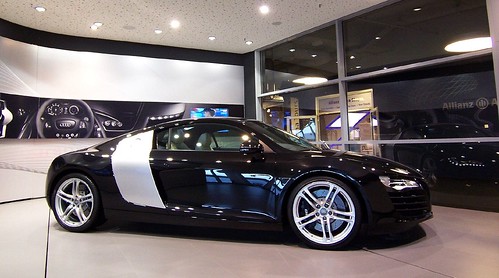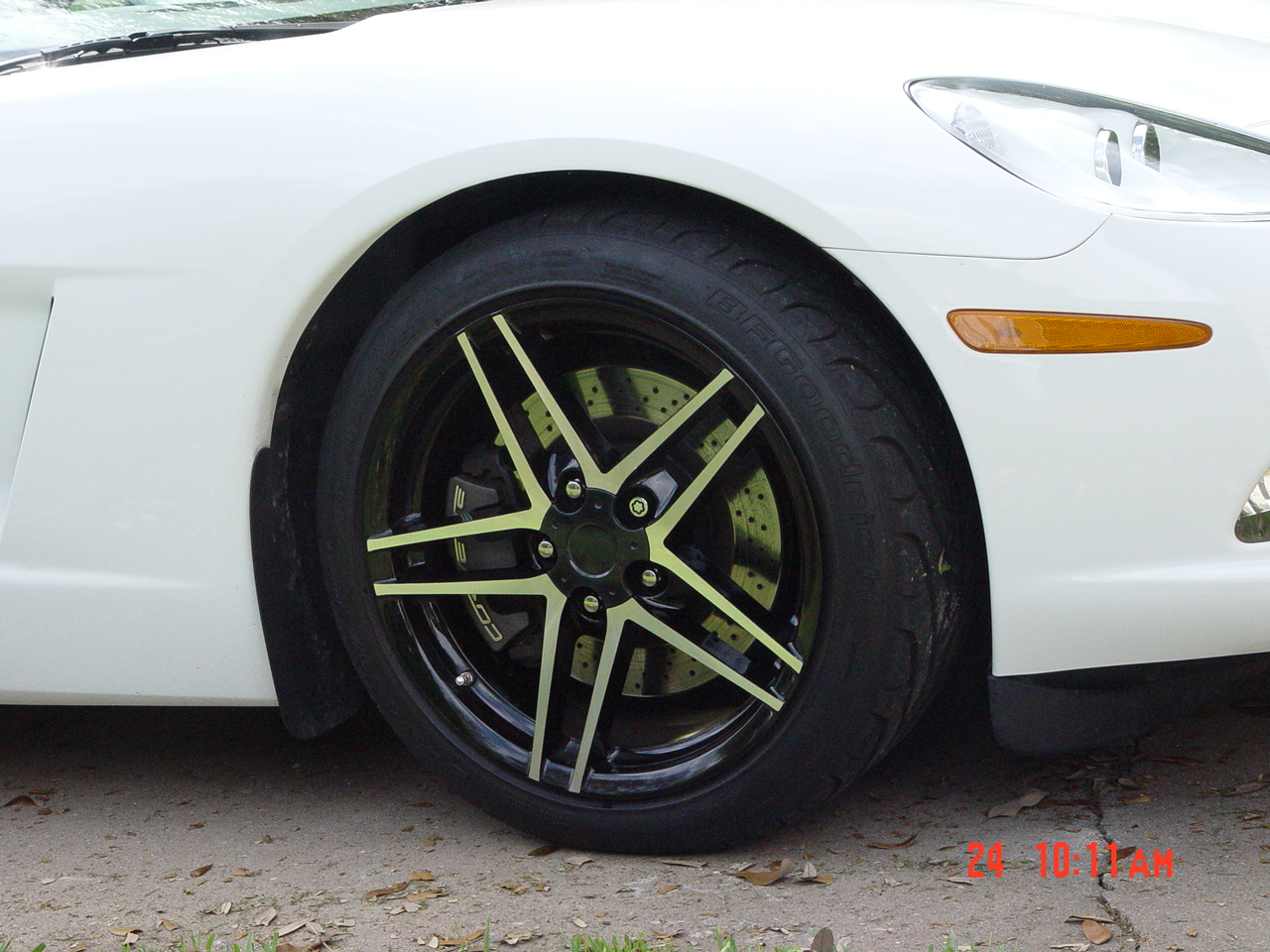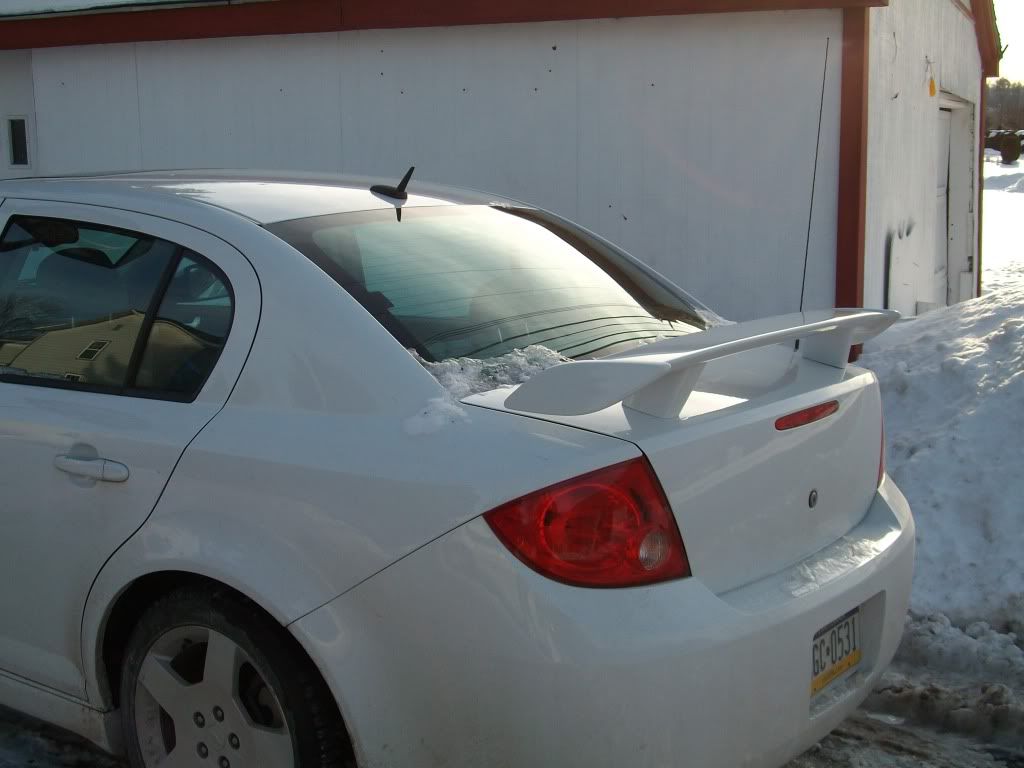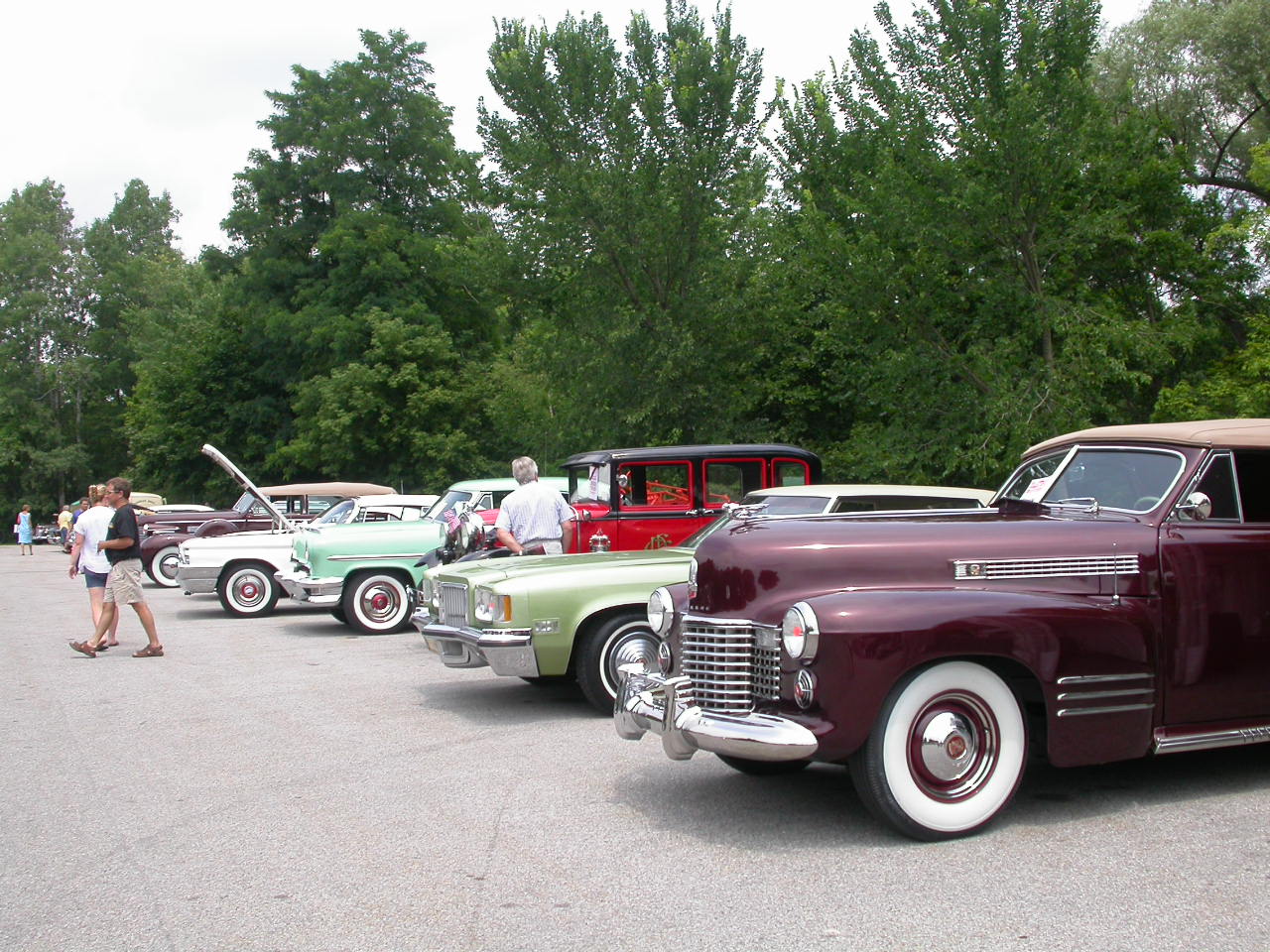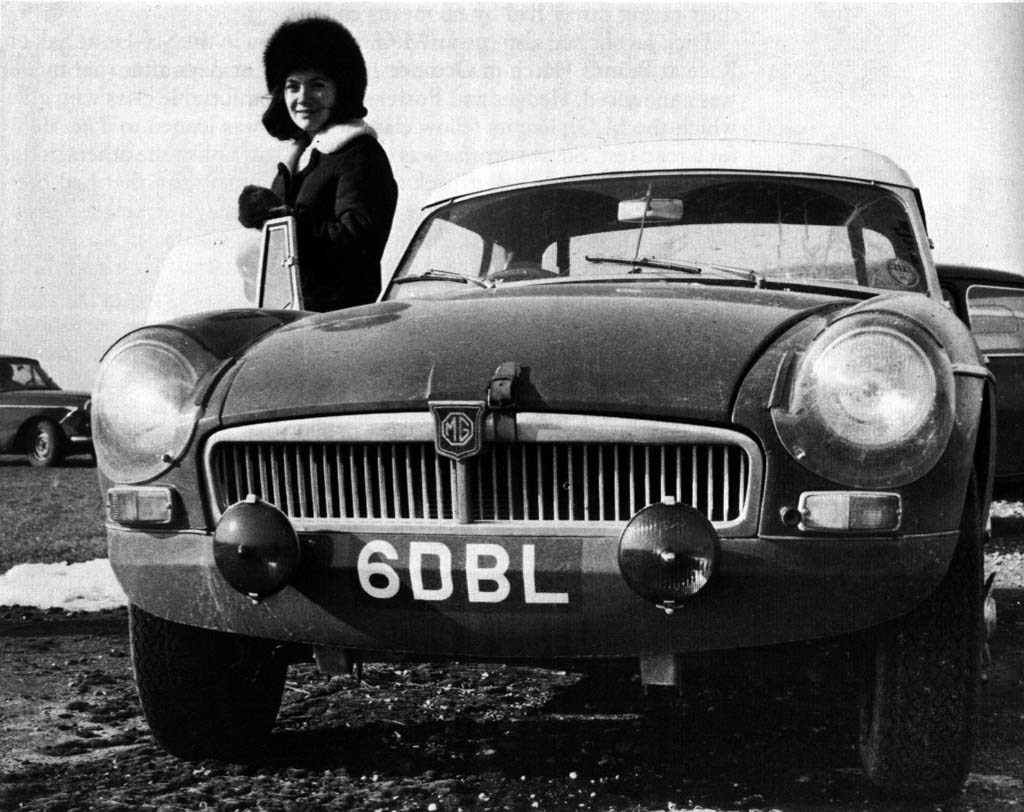
The Infiniti QX is a luxury SUV built by Nissan and originally sold in North America. The first generation received its naming inspiration from the recognized four wheel drive terminology "4×4" with Infiniti adding a "Q" at the beginning to suggest it was a luxurious "4×4", borrowed from the Q45. The first generation also had a briefly available Japanese version called the Nissan Terrano Regulus. Consecutive generations are much larger, and the naming convention adheres to the current trend of using a numeric designation derived from the engine's displacement. The Infiniti QX4 is a mid-size sport utility vehicle (SUV) introduced in 1997 as a rebadged Nissan Pathfinder. It was released a year after Acura's introduction of the SLX and Lexus's larger LX 450. The QX4 was Infiniti's first entry into the SUV market segment. In the North American market, it was marketed as the "Infiniti QX4" while in Japan it was sold as the Nissan Terrano Regulus. Major differences between these vehicles and the Pathfinder include a more advanced four wheel drive system, a more upscale interior, and unique styling. Although marketed as a luxury vehicle, it is capable off-road service due to its low-range four wheel drive system and 8.3 inches (211 mm) of ground clearance. The QX4 received its first major update in 2001, with a new VQ series engine (also later seen in the G35 and FX35) increasing its power from a relatively low 168 horsepower (125 kW) to a 240 hp (179 kW) V6 engine. The displacement went from 3.3 L to 3.5 L. The timing belt was replaced with a timing chain and the ignition distributor was replaced with an individual coil ignition system. This 2001 facelift also gave the QX4 an updated exterior and interior body style, including features such as a new dash with integrated analog clock, 17-inch (423 mm) alloy wheels and xenon HID headlamps. In Japan, the Terrano Regulus trim package was no longer offered. Also, a rear-wheel drive model was added (1997 through 2000 were only available in 4WD).

The Infiniti QX56 is a full-size sport utility vehicle (SUV) sold under the Nissan-owned Infiniti luxury brand. It is based on the Nissan Armada full-size SUV, and shares the F-Alpha platform with the Nissan Titan pickup truck. The QX56 is currently unique to the United States, Canada, Russia, Bahrain, UAE, Kuwait and Saudi Arabia. It was also the first Infiniti built in the United States. The rear door handles are installed on the "C" pillar as a Nissan design tradition started with the 1986 Nissan Pathfinder. When the four door Nissan Pathfinder was introduced, Nissan chose to conceal the door handles as a part of the "C" pillar trim to visually make it appear like a two door truck with a camper shell, with conventional door handles on the front doors. The truck is propelled by a 5.6 L VK56DE V8 engine (315 hp [227 kW] @ 4,900 rpm and 390 lb·ft (529 N·m) torque @ 3,600 rpm) and a 5-speed automatic transmission with an overdrive. As is common with aluminum blocks, each cylinder in the engine is lined with cast iron. The valvetrain is a DOHC design with four valves per cylinder. Infiniti designed the QX56's throttle responsiveness to correspond to specific drivetrain modes: when the driver selects all-wheel drive, the throttle becomes less sensitive, presumably to allow easier regulation of acceleration when off-road. The Infiniti QX56 has around 9,000 lb (4082 kg) of towing capacity. Mileage at peak performance drain is 12 miles per US gallon (20 L/100 km; 14 mpg-imp). It comes in one trim level, with only key options such as: DVD entertainment system, 4WD/2WD, and a bench instead of captain chairs as the second row. Other features which come standard are a ten-speaker Bose system, DVD-based navigation system, leather trim for all seats, dual-climate control, 18-inch chrome alloy wheels, and an adaptive cruise control system. A pre-crash system is a novelty in the market as well. On March 31, 2010, Infiniti debuted the 2011 QX56 at the New York International Auto Show. The QX56 is a complete redesign of the QX. The QX56 features a new VVEL certified 5.6 L VK56VD V8 engine. The new V8 which is also found in the Nissan Patrol is rated at 400 horsepower (300 kW) and 413 ft·lbf (560 N·m) of torque.The more powerful engine helps give the QX an increased towing capacity of up to 8,500 pounds. The engine is tied to a seven-speed sequential-shift automatic transmission with an all-new 4WD system which has different all setting. Compared to its predecessor, the new QX is 1.4 inches longer, 1.1 inches wider. Most of the frame's body mass is made from high-tensile steel, but the QX manages to be more rugged with its body-on-frame concept and it shares the same platform as the Nissan Patrol. Both the front and rear feature independent suspension double wishbone suspensions combined with the new Hydraulic Body Motion Control System. The QX comes standard with 22-inch wheels. A 4-setting terrain control which includes rock, snow, sand and dirt for 4WD versions. This generation abandoned the disguised rear door handles that were installed in the "C" pillar, a tradition started with the 1985 Nissan Pathfinder 4-door, as the first generation QX was based on the second generation Pathfinder. This generation appearance is more in line with other large luxury SUVs like the Lexus LX, Range Rover, Cadillac Escalade, and Lincoln Navigator. The QX's interior design includes a number of the standard and optional amenities featured in the 2010 Infiniti M, such as semi-aniline leather seats, four-zone climate control, a Bose 2-channel, 13-speaker Premium Audio surround sound stereo system with hard drive memory storage, a hard-drive based navigation system, XM satellite radio with NavTraffic is standard, a power liftgate/tailgate, and Infiniti Intuitive Park Assist, a parking assist feature which uses the around view monitor. Other features include climate controlled front and rear seats, streaming audio via Bluetooth wireless technology, a center console cooler for storage of cold drinks which can be accessed by both front and rear passengers, power sliding rear seats, power third row seats, and a 7-inch DVD rear-seat entertainment system. Curtain Vent, new for this generation, directs air flow from the air conditioning system from above each side window down towards the floor. A new Around View Monitor system uses a camera mounted on the grill giving a 180 degree view in front and another camera mounted on the passenger side of the vehicle's side mirror helps eliminate blind spots on the side at low speeds such as when in parking lots or on off-road adventures.
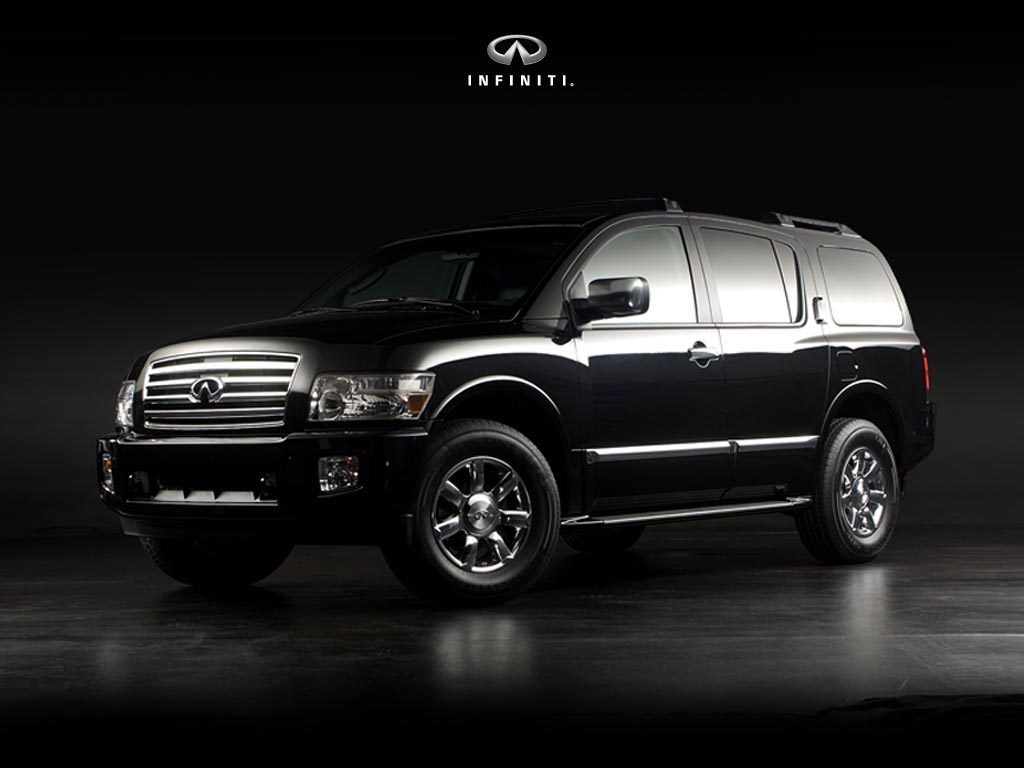
Elegant Black Infiniti Qx56

Infiniti Qx56 Sound Stereo

Beautiful Inside Of Infiniti Qx56

Infiniti Qx56 Steering Wheels

Infiniti Qx56 Hatchback

Luxury Infiniti Qx56
 Ford Cars
Ford Cars Ford Cars
Ford Cars Ford Cars
Ford Cars Ford Cars
Ford Cars Ford Cars
Ford Cars Ford Cars
Ford Cars Ford Cars
Ford Cars Ford Cars
Ford Cars Ford Cars
Ford Cars Ford Cars
Ford Cars





